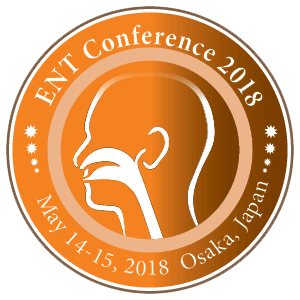
Teerapol Kotamnivates
Otorhinolaryngology- head and neck surgery resident
Title: Transaxillary endoscopic thyroidectomy: gas insufflation versus gasless technique
Biography
Biography: Teerapol Kotamnivates
Abstract
To compare the clinical outcomes between gas insufflation and gasless technique of transaxillary endoscopic thyroidectomy.
Materials & Methods:
During June 2011 to August 2017 a total of 60 patients underwent transaxillary endoscopic thyroidectomy. All patients were operated by one surgeon. Gas insufflation technique was performed in 38 patients and gasless technique was performed in 22 patients. The clinical outcomes were compared between the both groups.
Results:
The patients’ characteristics were not different between the two groups. The operative time for the gas insufflation group was shorter than in the gasless group (209.3±63.1 vs. 267.6±66 min; P = 0.001). The estimate blood loss for the gas insufflation group was less than in the gasless group (10(5,20) vs. 30(16.2,50) mL; P <0.001). The drainage content was significantly less in the gas insufflation group (0 (0,70) vs. 81.5(74.2,104.5) mL; P<0.001). The hospitalized days were significantly less in the gas insufflation group (1.5 (1.1,2) vs. 1.8(1.5,2.5) day; P=0.032) Regarding of pain between the gas insufflation and gasless groups, there was no statistically significant difference of VAS at 24 and 48 hours. Morbidity and other complications were comparable across groups. Tract recurrence was not found in the both groups
Conclusion:
Compared to the gasless technique, the gas insufflation technique provided better clinical outcomes in terms of operative time, estimate blood loss, drainage content, and hospitalized day. There were comparable outcomes regarding the postoperative pain, complication and tract recurrence.

